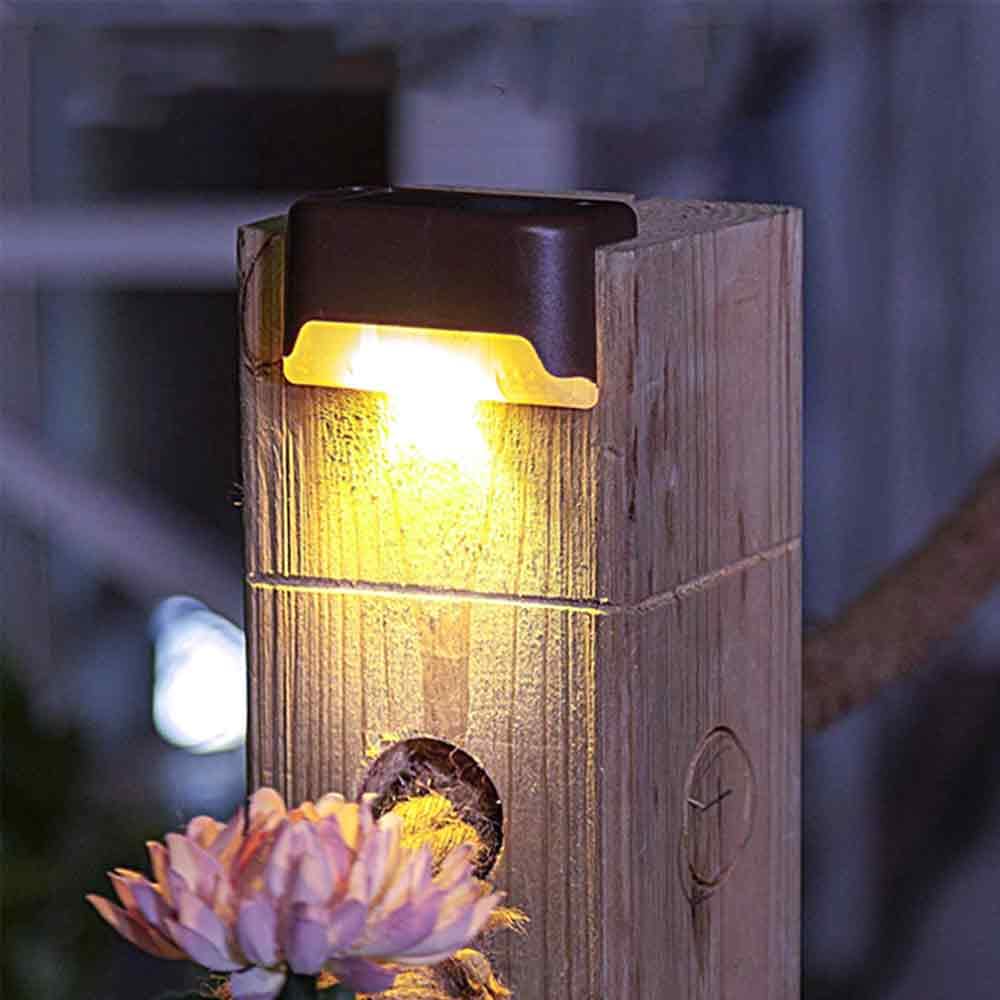A Symphony of Clean Air: Finding the Right Air Purifier for Home Harmony
Introduction:
In a world where clean air is a precious commodity, the importance of choosing the right air purifier cannot be overstated. This comprehensive guide, titled “Breathe Fresh, Live Better: A Guide to the Best Air Purifiers for Your Space,” is your go-to resource for making informed decisions about your indoor air quality. From the basics to advanced features, we cover it all.

Understanding Air Quality
Indoor air quality (IAQ) refers to the condition of the air within enclosed spaces such as homes, offices, schools, and other buildings. It encompasses the presence and concentration of various pollutants and allergens that can affect the health and comfort of occupants. Common indoor air pollutants include particulate matter, volatile organic compounds (VOCs), carbon monoxide, radon, and microbial contaminants like mold and bacteria.
Poor indoor air quality can result from inadequate ventilation, the use of certain household products, tobacco smoke, and building materials. Since people spend a significant amount of time indoors, maintaining good indoor air quality is crucial for promoting overall well-being and preventing respiratory issues and other health concerns.
Health Benefits of Air Purifiers
Respiratory Health Improvement
One of the primary health benefits of air purifiers is their role in enhancing respiratory health. Individuals suffering from allergies or asthma can find relief as purifiers efficiently remove allergens and irritants from the air. The HEPA filtration system, commonly found in quality air purifiers, captures microscopic particles, ensuring that the air you breathe is free from potential respiratory triggers.


Allergy Prevention and Relief
Allergies, a common ailment affecting millions, can be aggravated by indoor pollutants. Air purifiers act as a shield, trapping allergens like pollen, mold spores, and pet dander before they can trigger allergic reactions. By creating a clean and allergen-free environment, these devices provide a haven for allergy sufferers, allowing them to breathe easy and enjoy their homes without constant concern.
Reducing the Risk of Respiratory Diseases
Long-term exposure to indoor air pollution has been linked to the development of respiratory diseases. Air purifiers play a vital role in reducing this risk by effectively removing harmful particles and pollutants. Investing in a high-quality purifier is an investment in the long-term respiratory health of you and your loved ones.
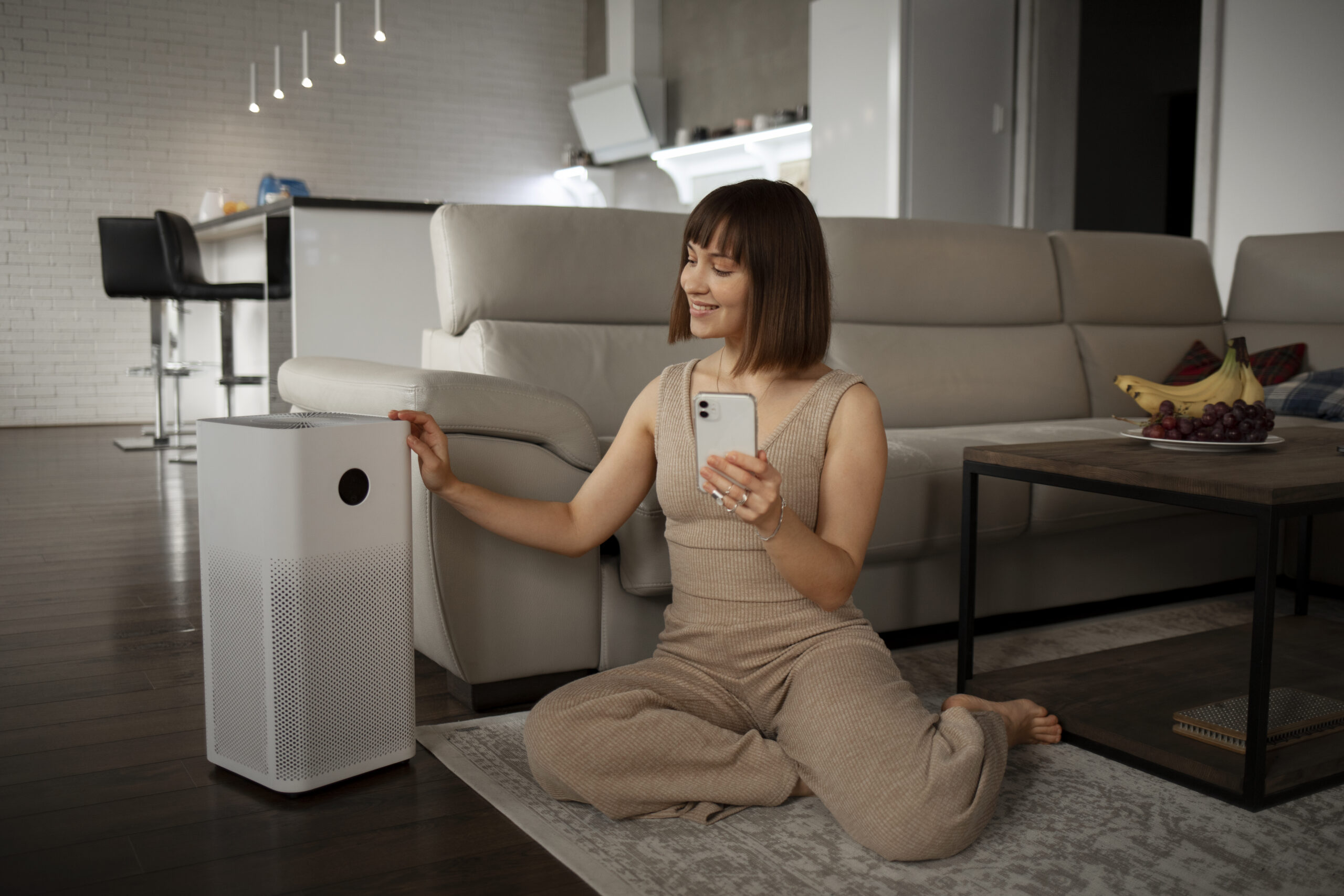

Stress Reduction and Better Sleep
Clean air doesn’t just benefit your physical health; it also contributes to mental well-being. Breathing in fresh, purified air can reduce stress levels and promote relaxation. Additionally, improved air quality has been linked to better sleep. By removing airborne irritants, air purifiers create an optimal sleep environment, allowing you to wake up feeling refreshed and ready to face the day.
Creating a Healthier Living Environment
Beyond individual health benefits, air purifiers contribute to an overall healthier living environment. They neutralize odors, eliminate harmful chemicals, and create a space where the air is not just clean but invigorating. This holistic approach to indoor air quality ensures that every breath you take contributes to your well-being.

Types of Air Purifiers: A Comprehensive Guide for Home Use
High-Efficiency Particulate Air (HEPA) Filters
HEPA Filters: The Gold Standard
One of the most effective types of air purifiers, HEPA filters, can trap particles as small as 0.3 microns. These filters are ideal for removing allergens like pollen, dust mites, and pet dander, making them an excellent choice for allergy sufferers.
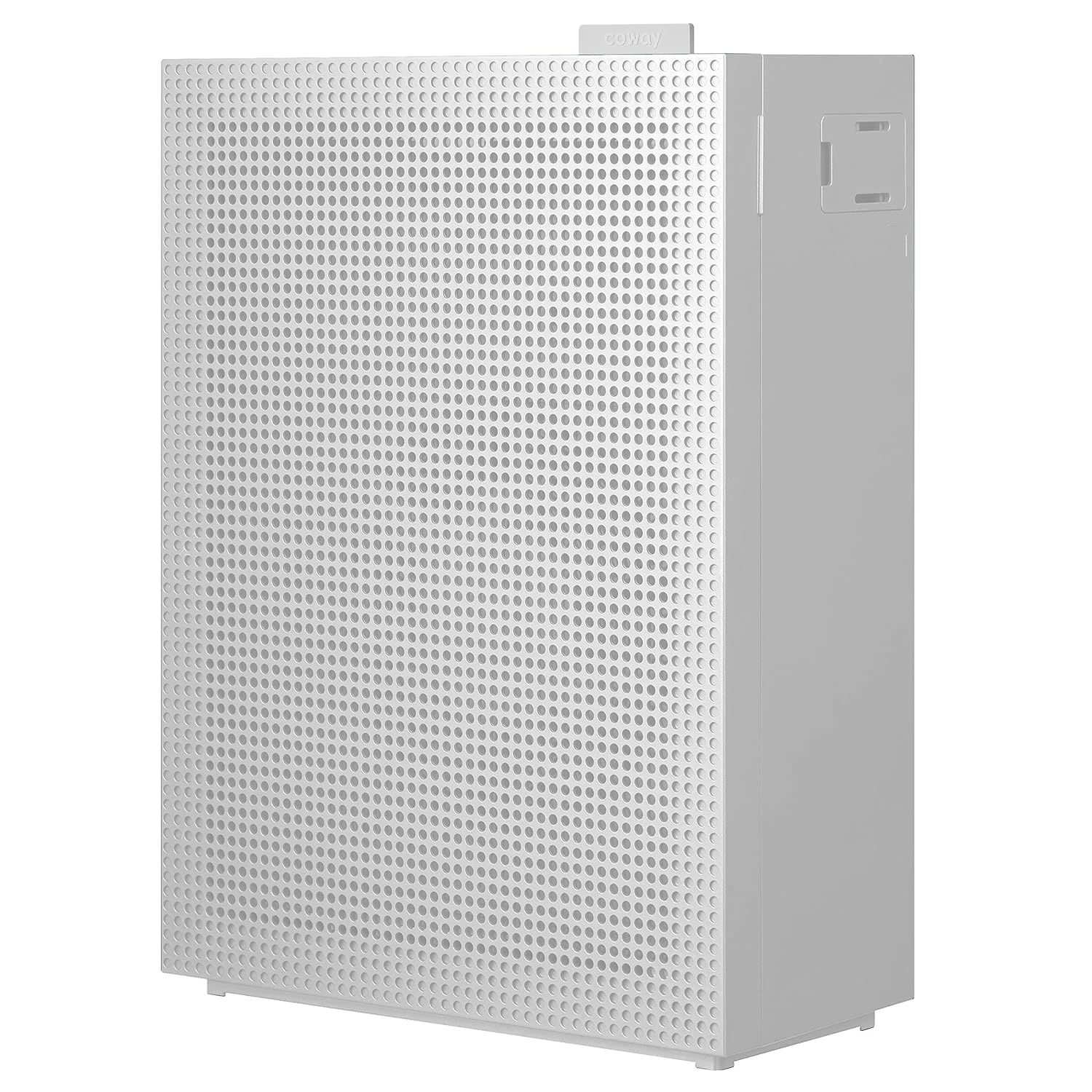
Activated Carbon Filters: Odor Eliminators
Incorporating activated carbon, these purifiers excel at removing odors and capturing larger particles. Perfect for kitchens or areas with lingering smells, they ensure your home smells fresh and clean.
Ultraviolet (UV) Light Purifiers
UV-C Light Technology: Germ Elimination
UV light purifiers use ultraviolet radiation to destroy the DNA of bacteria, viruses, and other microbes. They are particularly effective in preventing the spread of airborne illnesses and enhancing overall hygiene in your home.
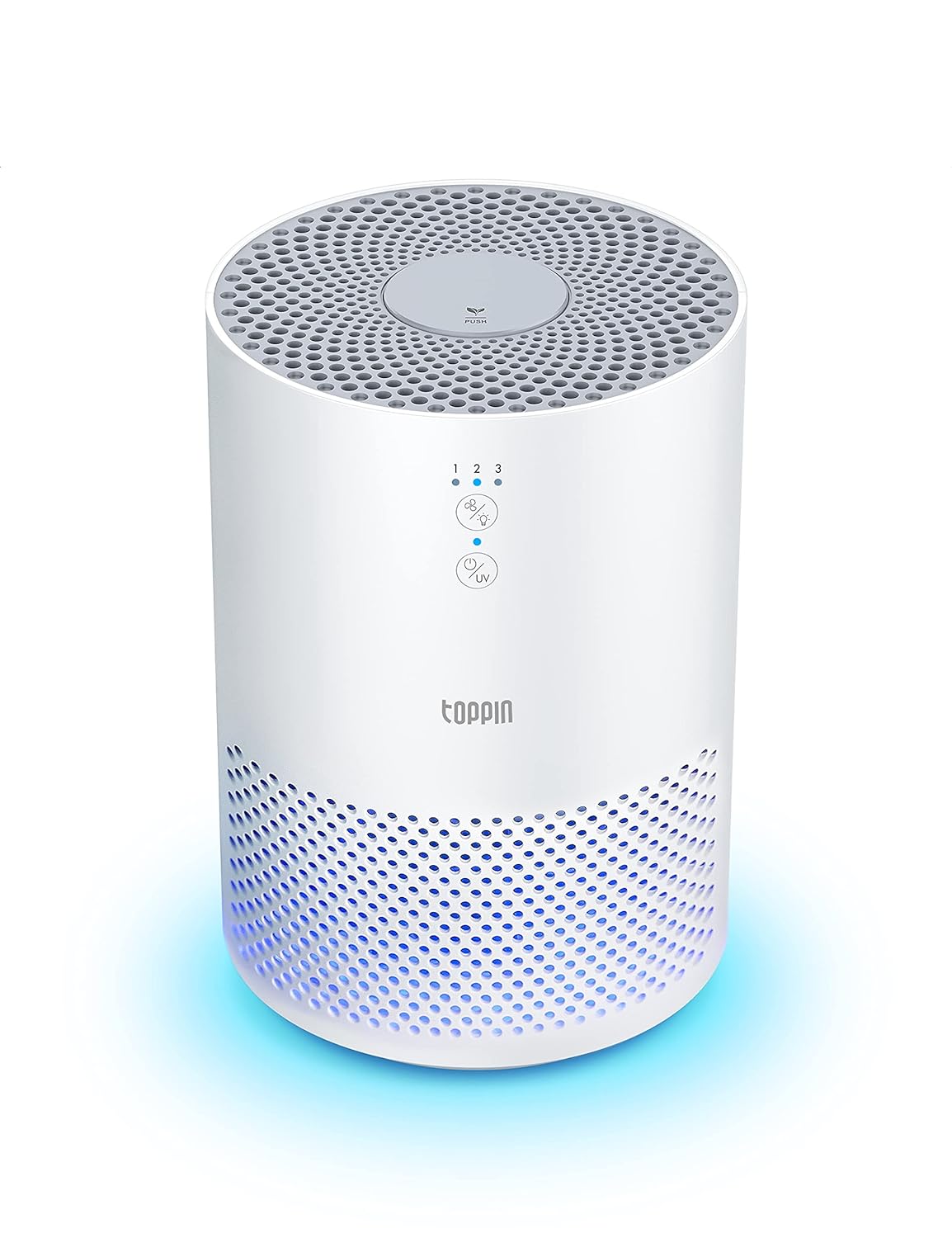
Ionic Air Purifiers

Ionic Technology: Electronically Charged Particles
Ionic air purifiers release negatively charged ions that attach to positively charged particles, causing them to fall to the ground. This technology is excellent for removing airborne particles, but it’s crucial to consider potential ozone emissions.
Smart Air Purifiers
Smart Technology Integration
In the era of smart homes, air purifiers have also joined the technological revolution. Smart purifiers can be controlled remotely, schedule air purification, and even provide real-time air quality monitoring through mobile apps.
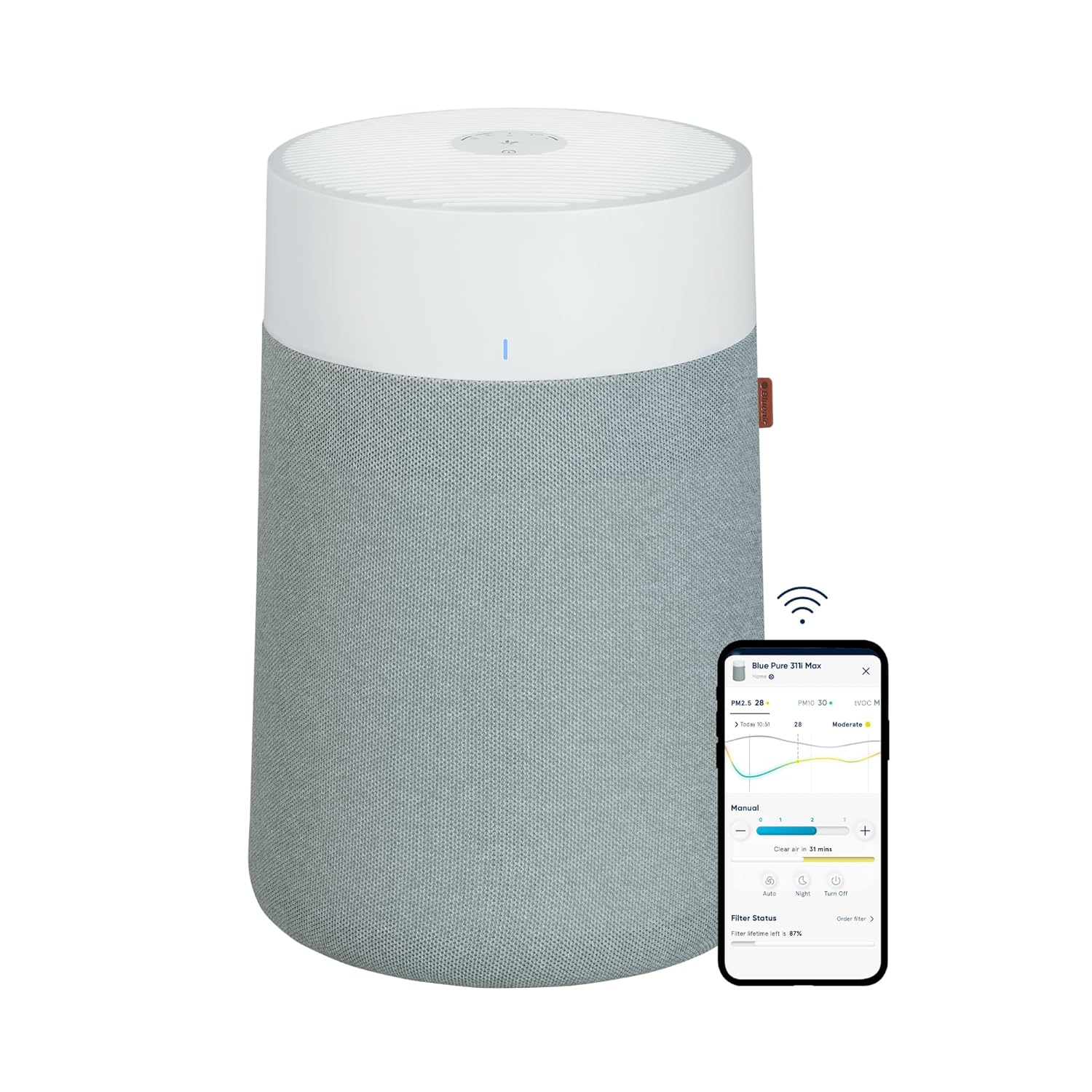
Factors to Consider When Choosing an Air Purifier
Room Size and Purification Capacity
Selecting the right purifier involves considering the size of the room it will serve and its purification capacity. Ensure the purifier can handle the square footage of your space for optimal efficiency.
Noise Levels: Balancing Silence and Performance
Some air purifiers can be noisy, which might be disruptive in bedrooms or quiet spaces. Look for models with low decibel ratings, especially if you plan to use them in areas requiring a tranquil environment.
Energy Efficiency: Minimizing Environmental Impact
Choosing an energy-efficient air purifier not only benefits the environment but also saves on electricity costs. Look for ENERGY STAR certified models to ensure your purifier operates efficiently.
Maintenance Tips for Long-lasting Performance
Regular Filter Replacement: Ensuring Effectiveness
To maintain optimal performance, adhere to the manufacturer’s recommendations for filter replacement. Regularly changing filters ensures that your air purifier continues to capture pollutants effectively.
Cleaning and Dusting: Preventing Buildup
Dust and debris can accumulate on the exterior of your purifier, hindering its performance. Regularly clean and dust the unit to maintain its efficiency and prolong its lifespan.
Conclusion
Investing in an air purifier tailored to your specific needs is a crucial step toward creating a healthier home environment. Whether you prioritize allergen removal, germ elimination, or overall air quality improvement, the diverse types of air purifiers available offer solutions for every concern.

Frequently Asked Questions
Q1: How often should I replace the filters in my air purifier? A1: Filter replacement frequency varies by model, but a general rule of thumb is every 6 to 12 months. Refer to your purifier’s manual for specific guidelines.
Q2: Can I use multiple air purifiers in different rooms? A2: Yes, using multiple purifiers in different rooms can enhance overall air quality. Ensure each purifier is appropriately sized for its designated space.
Q3: Are ozone generators safe for home use? A3: While ozone generators can be effective, prolonged exposure to high ozone levels may pose health risks. Use with caution and follow safety guidelines.
Q4: How do smart air purifiers benefit users? A4: Smart air purifiers offer remote control, real-time air quality monitoring, and the convenience of scheduling purification cycles, providing users with enhanced flexibility and control.
Q5: What is the recommended noise level for a bedroom air purifier? A5: For bedrooms or quiet spaces, opt for air purifiers with noise levels below 50 decibels to ensure a peaceful environment.

